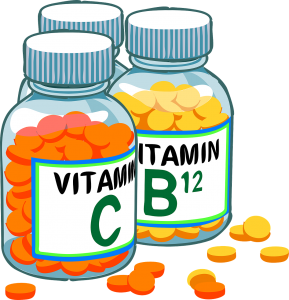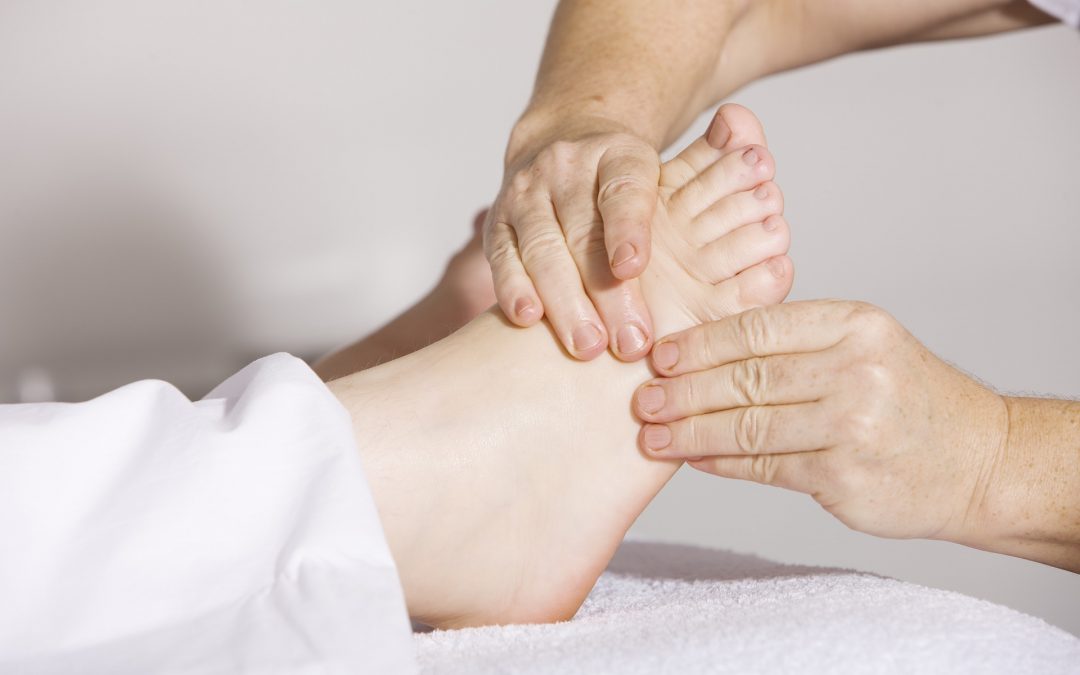Problems with circulation in legs and feet are all too common. By using these vitamins to help circulation, you’ll be feeling better in no time.
Poor circulation affects the legs and feet, causing pain and numbness.
While poor circulation negatively affects your health and wellness, it’s important to remember that it’s a symptom of a much larger problem.
Some causes include peripheral vascular disease (PVD), intermittent claudication, and peripheral artery disease (PAD).
These conditions lead to plaque in the arteries, clogging and narrowing them.
While we still need more research to determine whether any vitamins can improve these specific conditions, there are a couple that may help with circulation.
The following are four vitamins that may improve your circulation and blood pressure levels.
Vitamin B
Something that could affect your circulation are your niacin (vitamin B3) levels.
Men should get at least 16 milligrams per day, while women should get 14 milligrams per day.
According to a 2003 study in The Journal of Nutrition, men with high folate (vitamin B9) intake lowered their risk for PAD by 33 percent.
Another study found that people with low vitamin B6 and folate levels were likelier to suffer from peripheral arterial occlusive disease.
Lastly, a 2012 study in the Journal of Clinical Biochemistry and Nutrition found that people with low vitamin B12 levels increased their risk for PVD.
In other words, it’s a good idea to add B vitamins to your routine if you want better circulation.
Vitamins C & E
According to Dr. John Briffa, vitamins C and E may help people with PVD improve circulation.
By taking 500 to 1,000 mg of vitamin C per day, you may experience an antioxidant effect that could limit damage to cells in the arteries.
On the other hand, vitamin E can help improve circulation by having a blood thinning effect.
The effect of vitamin E can make it easier for blood to travel through narrow vessels.
To get this effect, you would need to take a dose between 400 and 1,000 international units per day.
However, it’s important to note that both these doses exceed the daily recommended dietary allowance.
Consult your healthcare provider if you are considering taking these vitamins in higher doses than the recommended amount.
Vitamin D
Another factor that may increase the risk for PAD and poor circulation is low vitamin D levels.
According to some studies, the risk for PAD decreased as blood levels of vitamin D increased.
However, more research is necessary to conclusively determine if vitamin D supplements can help improve circulation in people with PAD.
Other Vitamins and Supplements
Some studies show that a supplement blend of oleic acid, DHA, EPA, vitamins A, B6, D, E, and folic acid can provide symptom relief for those with PVD.
Lifestyle changes can also prove to be beneficial to those experiencing poor circulation in legs.
Eating a healthy diet that is high in fiber and low in saturated fats and cholesterol can go a long way.
Exercise, even light activities such as walking, can also be beneficial for circulation.
Finally, supplements have proven to improve circulation, lower cholesterol, and lower blood pressure.
That’s why supplements like Circulation Boost are great for circulation.
Circulation Boost combines the power of l-arginine, l-citrulline and various key vitamins and minerals.
This powerful blend helps improve circulation throughout the body – including the legs and feet.
Ready to start feeling better? Try Circulation Boost now!

